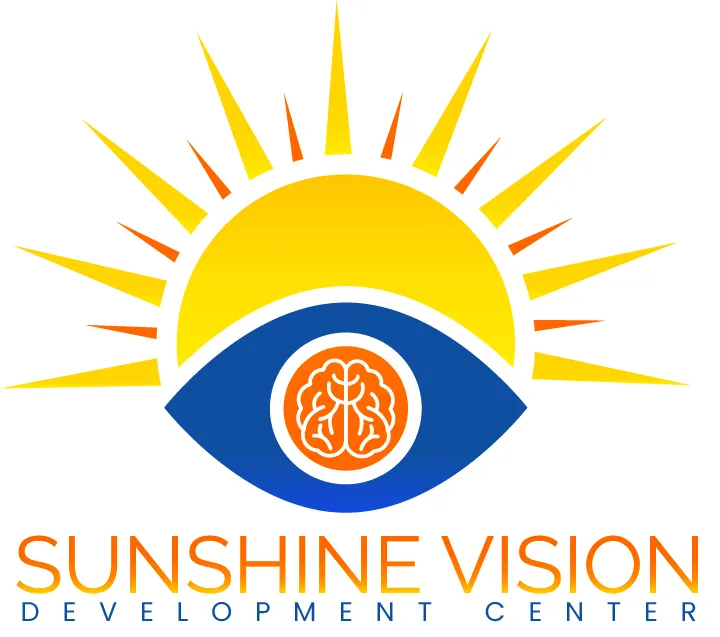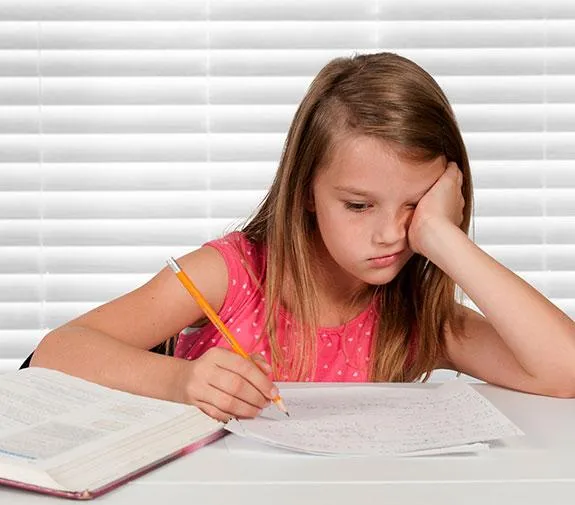
117 W. Central St., Unit 207,
Natick, MA 01760
Research, Results & Medical Studies Have Proven
Vision Problems Can Look Like
Learning Difficulties

When Children Struggle with Reading & Learning Despite Everything
When children continue to struggle with reading and learning despite all best efforts to help them, it can be very difficult to figure out what is needed.
Is it a Learning Disability?
Attention Disorder?
As a parent, how can you tell the difference?
Children don't know how they are supposed to see
The only way they tell you they have
a vision problem is with their behavior.
When a vision problem is at the root of a child’s struggles with reading and learning,
the signs are very easy to see – when you know what to look for.
Does your child:
- Avoid reading?
- Prefer to be read to?
- Turn his or her head at an angle when reading?
- Have trouble with reading comprehension?
- Read a paragraph out loud but not remember what was read?
- Have a short attention span when reading or doing schoolwork?
Each of these can be a sign of a possible eye coordination, eye tracking or eye movement problem.
For example, eye coordination problems can make it look like the words are moving on the page or appear double or blurry. When this happens, it can be very difficult to remember what you have read.

20/20 is Just the Beginning
Vision screenings in school and at the pediatrician's office usually only test how well your child can see the letters on the eye chart from a distance of 20 feet (20/20). Even though there are 17 different visual skills required for reading and learning.
Most people think, incorrectly, that 20/20 is "perfect vision." As a result, vision is incorrectly ruled out as a possible cause for their child's struggles with reading and learning.
©2020 Sunshine Vision Development Center - All Rights Reserved.